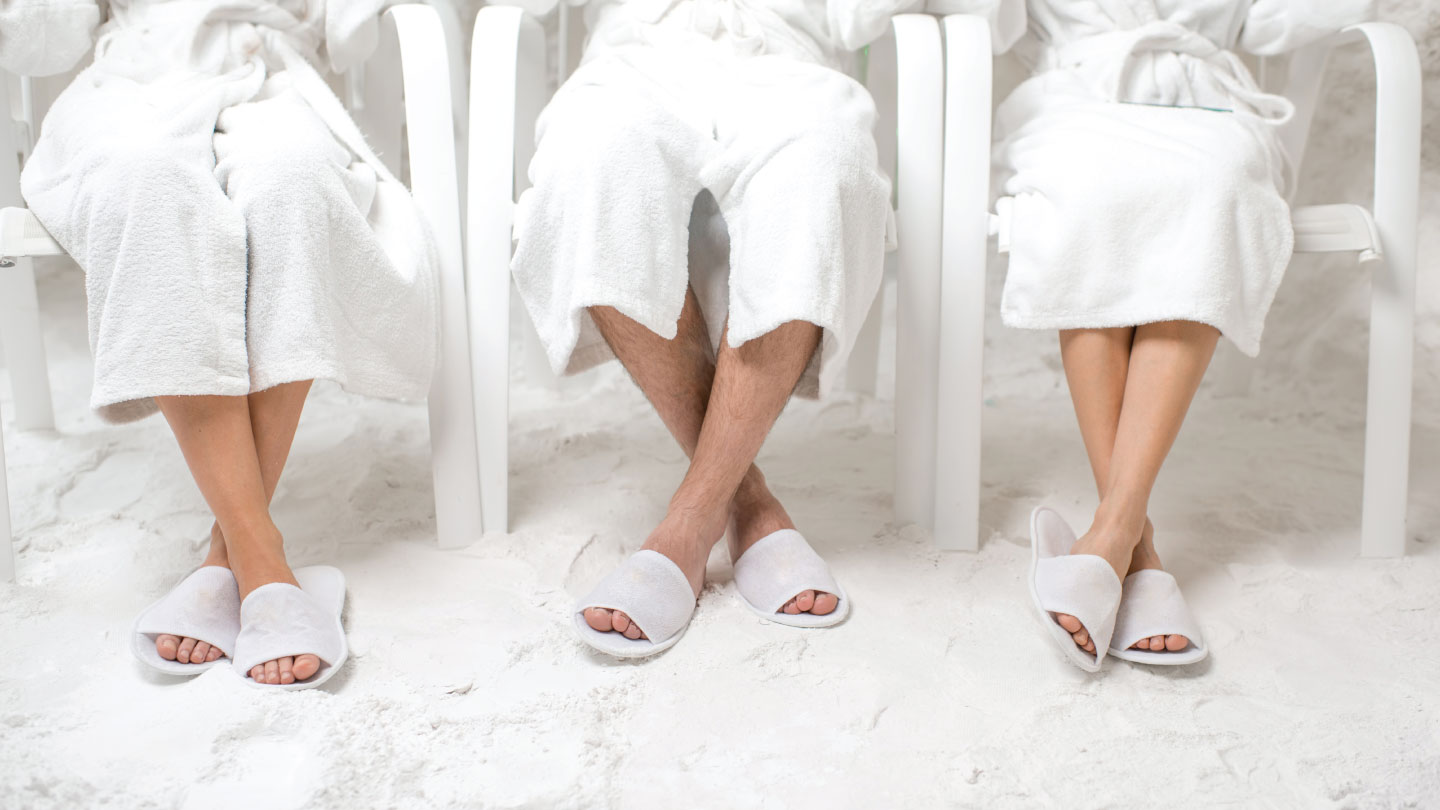Miscellaneous
Practical Ways to Prevent Drowning
Hundreds of thousands of people die from drowning every year, yet most of these deaths are preventable. Here’s how simple actions, community measures and better awareness save lives.
.jpg)
Drowning is not a rare accident; it is one of the leading causes of injury-related death worldwide. The World Health Organisation (WHO) estimates that about 236,000 people die each year from unintentional drowning. For children aged one to four, it ranks among the top causes of death in many countries. Non-fatal incidents are even more common and can result in long-term brain or lung damage. These numbers show that drowning is a global public-health issue hiding in plain sight.
Related story: Swimming: Where Mobility Meets Cardio
Who Is Most at Risk?
Toddlers and young children are at the highest risk because they are naturally curious, lack survival skills and have poor risk perception. Adults are not immune either: a 2024 mixed-methods assessment in Injury Prevention (BMJ) found that in some communities, fewer than a third of households had even one competent swimmer.
Another major factor is improper supervision. Simply having an adult nearby is not enough; distracted caregivers often miss silent emergencies.
Alcohol consumption, medical conditions and unsafe environments such as unfenced pools, open canals or unmarked deep spots add to the danger. Knowing this is essential if we want to target prevention effectively.
Proven Ways to Stop Drowning Before It Starts
Experts agree that no single intervention is enough; multiple layers of protection work best. Teaching swimming and water safety is at the top of the list. Survival swimming combined with rescue and CPR skills significantly reduces drowning rates. Programs such as SwimSafe in Bangladesh, Vietnam and Thailand are strong examples, having trained thousands of children in basic self-rescue.
Physical barriers and vigilant supervision are equally important. Four-sided fencing around pools, self-latching gates and designated water watchers have been shown to cut risk dramatically for young children.
Wearing properly fitted life jackets when boating or near deep water also prevents many deaths.
Training lifeguards and bystanders in early recognition of distress can be lifesaving; a 2024 pilot study used virtual reality to sharpen lifeguards’ hazard detection in public pools (University of Iowa Injury Prevention Research Centre).
Finally, public education campaigns that highlight how drowning can be silent, with no thrashing or shouting, can change the way adults supervise children.
Related story: 5 Science-Backed Benefits of Swimming
Common Misconceptions
Despite growing awareness, several myths still persist. One is the belief that you will hear someone in trouble. In reality, most drownings are silent because the body’s instinct is to struggle for air, not to call out.
Another misconception is that shallow water is safe. Even a few centimetres of water can be lethal for infants or anyone who is unconscious.
A third myth is that adults do not need swimming lessons. In many countries, adult swimming competency is low, and learning as an adult improves both personal safety and confidence in supervising children. Dispelling these myths is an important part of prevention.
The Role of Communities and Policy
Prevention cannot rest solely on individuals; communities and governments play a critical role. Local authorities and NGOs can dramatically lower risk by establishing affordable or subsidised swimming lessons, posting clear signage and safety equipment at beaches and rivers, training first responders and community volunteers in rescue and CPR, and incorporating water-safety modules into school curricula. These steps are not theoretical. After the introduction of structured swim programs and barriers in rural Bangladesh, drowning deaths among children dropped measurably.
Simple Actions That Protect You and Others
Individuals still have a powerful role to play. Keeping children within arm’s reach near water, learning CPR and basic rescue breathing, installing barriers and alarms for pools at home, wearing life jackets when boating or during floods, and staying alert to currents, tides and weather in natural water bodies all make a real difference. Bright, high-contrast swimsuits can make children far easier to spot underwater. Tests found neon yellow, orange, green and hot pink stood out best in both pools and lakes, while colours like blue, green, grey or white often blended into the surroundings. These actions may sound simple, but together they form an effective safety net.
Related story: 8 Ways to Develop Resilience in Kids
What’s Really at Risk
Every drowning statistic represents a family’s loss. Disparities persist: in the U.S. and elsewhere, children from marginalised communities have higher drowning rates due to fewer swimming opportunities. Closing these gaps with training and infrastructure saves lives. Because drowning happens fast and silently, prevention has to be proactive.
Drowning is fast, silent and preventable. Combining swimming skills, vigilant supervision, physical barriers, and public awareness creates a safety net that works. The evidence is clear; what is needed is consistent application. By taking these steps in our homes, schools and communities, we keep water as a source of enjoyment, not tragedy.
Related story: 5 Swimming Safety Tips For Kids
Take care of your body and mind to feel your best. Sign up here to unlock holistic health.
EXPLORE MORE
Tired of the morning chaos? Try these simple, practical tips to make school mornings calm, quick, and stress-free.
From boutique spas to medical wellness centres, salt rooms, also known as halotherapy chambers, are attracting global attention.
How spilling the tea on you-know-who can strengthen bonds, sharpen reputations, and make us happier.
Artificial turf is everywhere, from your kid’s soccer field to the local playground, but what’s really hiding beneath those green plastic blades? Let’s shed light on this popular grass alternative.






.jpg)
